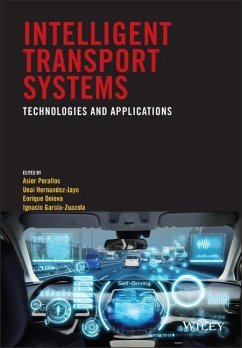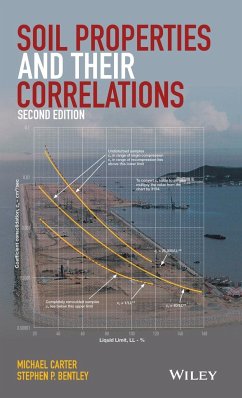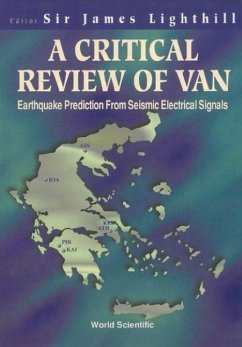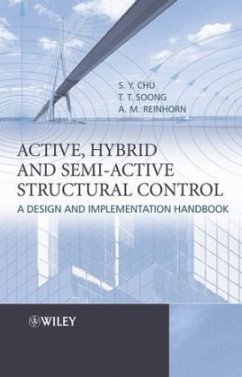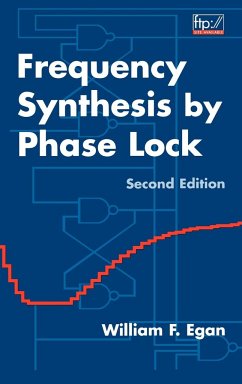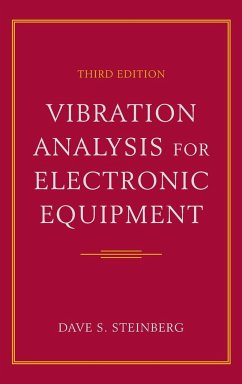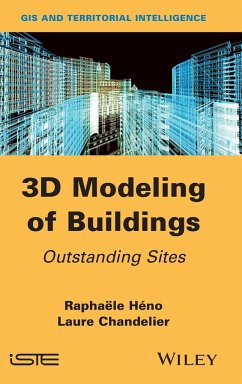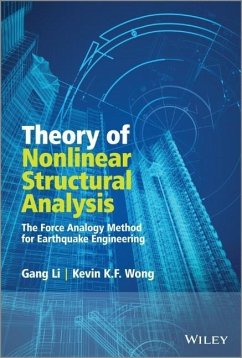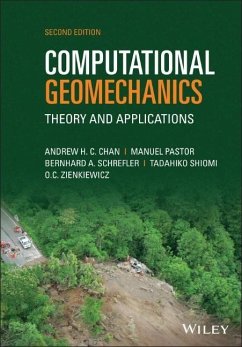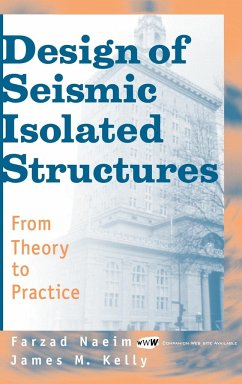Nicht lieferbar
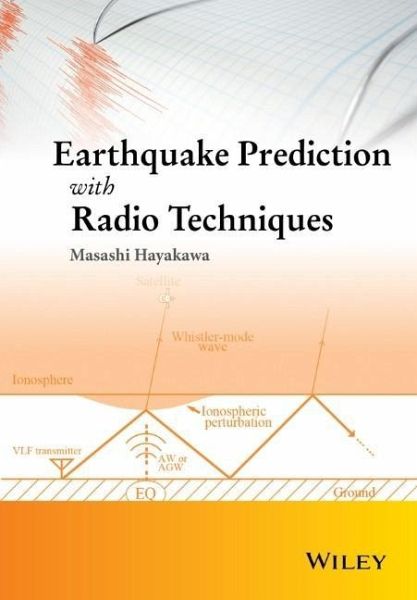
Earthquake Prediction with Radio Techniques
The latest achievements of earthquake prediction via radio communication systems, by the world's leading authorityProf. Hayakawa is one of the world leaders in the field of seismo-electromagnetics for EQ prediction and this area of research is still evolvingPresents the fundamentals of radio communications and radio propagation, using the radio noises and propagation anomalies as a precursor of earthquakesConsiders the combination of different kinds of seismogenic electromagnetic signals of both natural and artificial characterTimely topic following the recent sequence of highly destructive ea...
The latest achievements of earthquake prediction via radio communication systems, by the world's leading authority
Prof. Hayakawa is one of the world leaders in the field of seismo-electromagnetics for EQ prediction and this area of research is still evolving
Presents the fundamentals of radio communications and radio propagation, using the radio noises and propagation anomalies as a precursor of earthquakes
Considers the combination of different kinds of seismogenic electromagnetic signals of both natural and artificial character
Timely topic following the recent sequence of highly destructive earthquakes around the world
Prof. Hayakawa is one of the world leaders in the field of seismo-electromagnetics for EQ prediction and this area of research is still evolving
Presents the fundamentals of radio communications and radio propagation, using the radio noises and propagation anomalies as a precursor of earthquakes
Considers the combination of different kinds of seismogenic electromagnetic signals of both natural and artificial character
Timely topic following the recent sequence of highly destructive earthquakes around the world





